
Welcome to Hyperion Records, an independent British classical label devoted to presenting high-quality recordings of music of all styles and from all periods from the twelfth century to the twenty-first.
Hyperion offers both CDs, and downloads in a number of formats. The site is also available in several languages.
Please use the dropdown buttons to set your preferred options, or use the checkbox to accept the defaults.

| Westminster Abbey Choir, James O'Donnell (conductor)» More |
| The Cardinall's Musick, Andrew Carwood (conductor)» More |
| The Gesualdo Six, Owain Park (director)» More |
| The London Oratory Schola Cantorum, Charles Cole (conductor), Xavier Ferros (tenor)» More |
| Contrapunctus, Owen Rees (conductor)» More |
| Gabrieli Consort, Paul McCreesh (conductor), Charlotte Mobbs (soprano), Emma Walshe (soprano), Martha McLorinan (alto), Jeremy Budd (tenor), Steven Harrold (tenor), Thomas Kelly (tenor), William Gaunt (bass), Oliver Hunt (bass), Greg Skidmore (bass)» More |
| Chapelle du Roi, Alistair Dixon (conductor)» More |
| King's College Choir Cambridge, Sir Stephen Cleobury (conductor)» More |
from notes by Robert Quinney © 2008
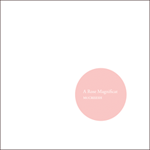 A Rose Magnificat A Rose MagnificatPaul McCreesh leads the Gabrieli Consort in a collection of English works composed either before 1558 or after 1915, responses all to medieval texts associated with the Virgin Mary.» More |
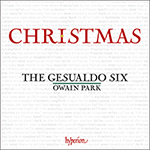 Christmas ChristmasOwain Park presents a programme of Christmas treats which effortlessly spans styles and centuries.» More |
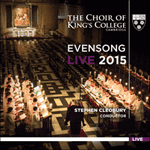 Evensong Live 2015 Evensong Live 2015A generous cross section of the music-making that happens at King’s, capturing the atmosphere and acoustic of the Chapel and presenting Evensong as a living and breathing part of our national heritage.» More |
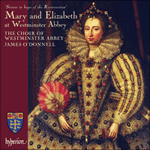 Mary and Elizabeth at Westminster Abbey Mary and Elizabeth at Westminster AbbeyThis disc tells the story of the religious and political turmoil that engulfed England in the sixteenth century, and from which composers of liturgical music could find no escape. They were forced to follow the changing edicts about permitted texts a ...» More |
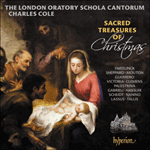 Sacred treasures of Christmas Sacred treasures of ChristmasA celebration of Christmas across sixteenth-century Europe: Renaissance polyphony at its finest.» More |
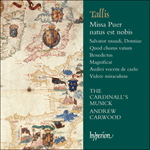 Tallis: Missa Puer natus est nobis & other sacred music Tallis: Missa Puer natus est nobis & other sacred musicGramophone Record of the Year-winning group The Cardinall’s Musick continues its exploration of Tallis’s sacred music. These recordings not only showcase the greatest repertoire of the English Renaissance in dazzling performances, but also illustr ...» More |
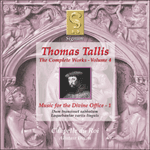 Tallis: The Complete Works, Vol. 4 Tallis: The Complete Works, Vol. 4The present album is the fourth in a series of nine covering the complete works of Thomas Tallis (c1505-1585). Not for nothing is Tallis known as the 'father of church music'—with his colleagues at the Chapel Royal he created most of the church mu ...» More |
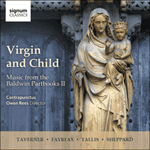 Virgin and Child Virgin and ChildA second voyage through the miracle that is the Baldwin Partbooks draws from the singers of Contrapunctus and their director Owen Rees performances of rare integrity—and great beauty.» More |

